
|
|
|
|
|
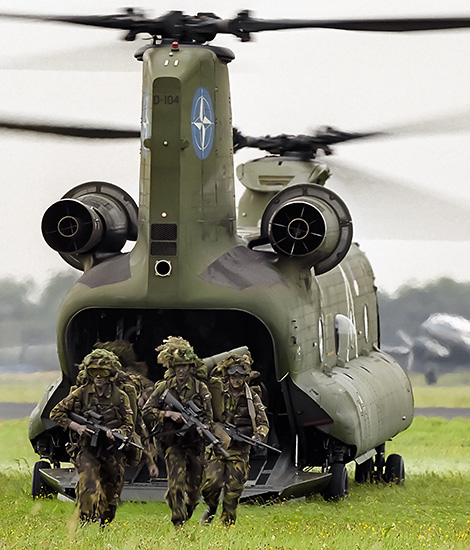
|
Fighter Aircraft in Europe; Leeuwarden July 6 & 7, 2001
The Luchtmacht Open Dagen, part 2; Text and Photograph's by Alex van Noye
In addition to today's modern aircraft, were also the aircraft of the future displayed at Leeuwarden during the open house. The Netherlands is currently in the selection process to find a successor to the almost outdated F-16. The European Eurofighter, the Swedish Gripen and the French Rafale were present at Leeuwarden.
The Panavia Tornado is a twin-engine fighter with a variable swept wing design and was developed in a joint venture between Germany, Italy and the United Kingdom. The Panavia Tornado ADV (Air Defense Variant) is a medium-range interceptor. This variant of the Tornado is an advanced variant of the Tornado IDS. The first version of the Tornado ADV, which was launched in the UK, was of the type Tornado F2. A total of 18 aircraft of this type were built from March 5, 1984. The Tornado F2 concept was quickly updated to the Tornado F3 standard. There were in the next years approximately 165 Tornado ADVs been delivered to the RAF. The Tornado F3 was stationed at three British airfields which are scattered around the country, namely; RAF Coningsby, RAF Leeming and RAF Leuchars. The BAE Systems Hawk is a British single engine, advanced jet trainer designed for the RAF. The lightweight aircraft flew for the first time in 1974 from RAF Dunsfold in Surrey. The aircraft was introduced as the Hawker Siddeley Hawk and was used as a low cost fighter and advanced trainer. Today the Hawk plays a very important role in the RAF and Royal Navy in the role of jet trainer. The RAF has access to the Hawk T1, Hawk T1A and Hawk T2. The Hawks are stationed at various airfields for training of pilots and testing of new weapons and equipment. One of the most famous display teams in the world are the Red Arrows. The team flies with nine Hawks and is known for its tight formation flights. Each year the team is a familiar sight at various airshows in Europe.
The Douglas A-4 Skyhawk is an attack fighter which was originally designed to operate from an aircraft carrier. More than 50 years after its first flight more than 3,000 aircraft were produced and the aircraft are still operational in many air forces around the world. The A-4 flew for the first time in 1954 and became operational in 1956 within the United States Navy. The United States Marine Corps used their first aircraft in 1957. The Skyhawks have flown in active service until 1973 and flew in the US Navy
|
|
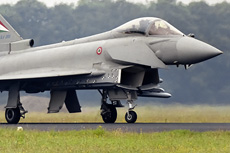
|
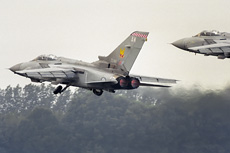
|
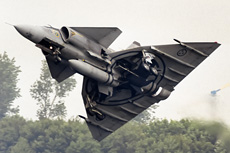
|
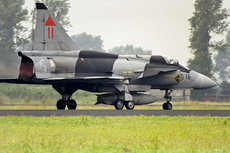
|
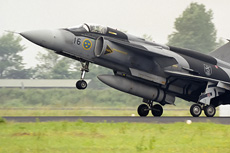
|

|
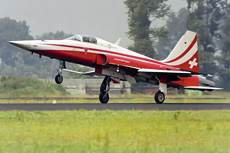
|
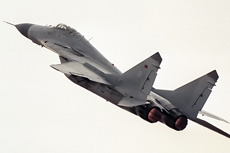
|
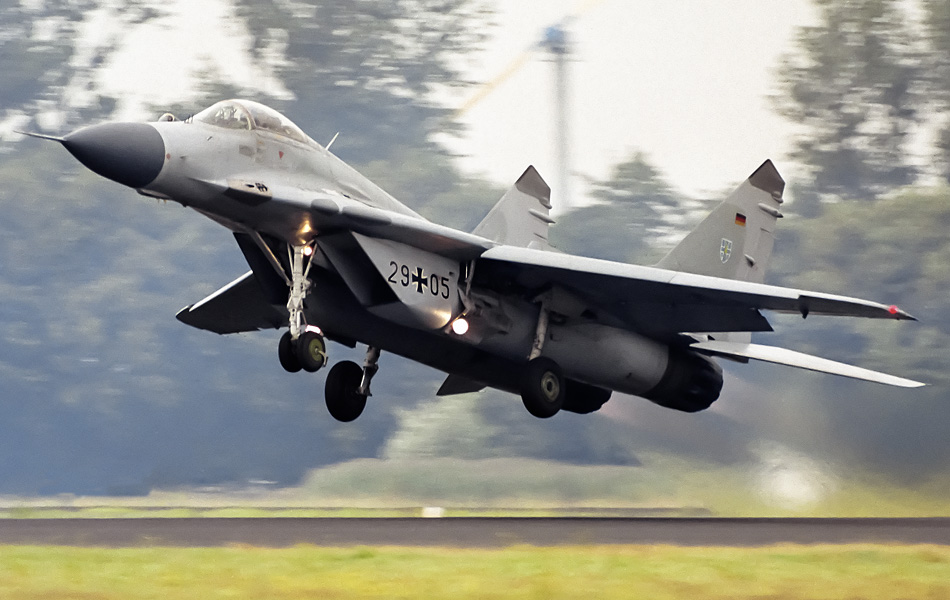
|
Reserves until 1979. In Europe, the Skyhawks were only flown in operational service by the Singapore Air Force. The Singaporeans are currently based in France at Cazaux where a training unit is flying the A-4. The Skyhawks of the Singapore Air Force are not much seen in Europe and are therefore a rare appearance. The Saab 105 is an aircraft which was developed in the early 60s as Saab's project for the Swedish Air Force. The small aircraft is a twin-engine jet trainer. The Swedish Air Force designation for the Saab 105 is SK60. The Saab 105 was inaugurated in 1967 as the replacement for De Havilland Vampire. The aircraft was originally powered by two Turbomeca Aubisque low-bypass turbofan engines which were produced under license by Volvo Flygmotor as the RM9. The Swedish Air Force bought a total of 150 aircraft and another 40 aircraft were exported too. The Saab 105 was the aircraft which was used by the Swedish Air Force display team “Team 60”.
The Swedish Saab JA-37 Viggen (Viggen is Swedish for lightning) was the successor to its successful predecessor, the Saab J-35 Draken. The large aircraft was developed in both an attack fighter variant & photoreconnaissance plane and an air defense and training version. The first flight of the aircraft took place in February 1967 and in April 1968 the Swedish order for 180 Saab Viggens was placed. The international debut of the aircraft took place during the Paris Air Show in 1969. There was also an export version offered to different countries. However, the Viggen would never be exported in its career and Sweden was therefore the only user of this large combat aircraft. Since 2000, the JA-37 Viggen was slowly phased out and it was replaced by its successor, the JAS-39 Gripen. The Saab JAS-39 Gripen is a Swedish fighter which was designed and manufactured by Saab. The aircraft is the successor to the Saab J37 Viggen and the variety of tactical tasks which this aircraft can perform is reflected in the type designation JAS (Jakt-Attack-Spaning = Fighter-Attack-Reconnaissance). The first test flight was conducted in December 1988 and the first production aircraft was delivered in June 1993. The Swedish Gripen is by far the cheapest aircraft of this generation which is available. In particular, the cost of purchasing and maintaining the aircraft during its lifetime would be very cheap. The JAS-39 Gripen has recently become active in service within the Swedish Air Force.
The McDonnell Douglas F-4 Phantom was originally developed for the US Navy. The German Luftwaffe used over the years the largest amount of Phantom in Europe. The German Air Force used in total 10 F-4Es, 88 RF-4Es and 175 F-4Fs. The Luftwaffe was one of the major users of the F-4 Phantom. In 1968 the contract was signed for the purchase of 88 RF-4Es. The Germans have built the Phantoms in the factories of Messerschmitt-Bölkow-Blohm in Germany. The Luftwaffe participated in the American USAF TFX program to develop a single seat version of the F-4. The F-4F was developed as the air defense variant of the F-4E. The German Luftwaffe had over the year’s four operational units which have flown the F-4F, namely; JG-71 at Wittmund, JG-72 at Rheine-Hopsten, JG-73 at Laage and JG-74 at Neuburg. The Eurofighter Typhoon is a twin-engine aircraft with delta wing configuration with canards. In April 1986, the first European Aircraft Program EAP was produced in the factory in Warton in England. The EAP first flew on August 6, 1986. The EAP was very similar to the modern Eurofighter. The aircraft was known as the Eurofighter EFA from the late 80s until it was renamed to EF2000 in 1992. The first flight of the Eurofighter prototype took place on March 27, 1994. In the next 10 years after the first flight numerous tests and new developments were made to the Eurofighter. The Eurofighter Typhoon is unique in the world and is a modern fighter aircraft and is built on four assembly lines, namely; one in Germany, one in Italy, one in Spain and one in the United Kingdom.
|
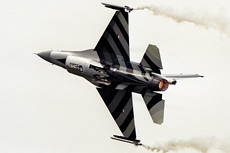
|
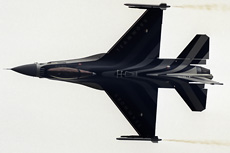
|
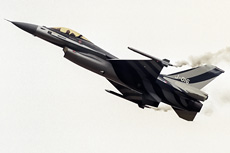
|
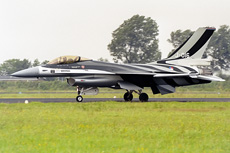
|
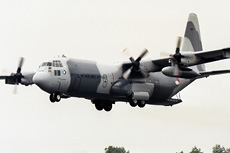
|
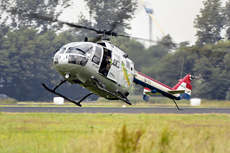
|
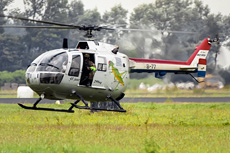
|
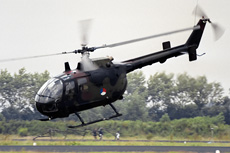
|
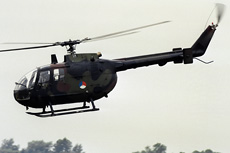
|
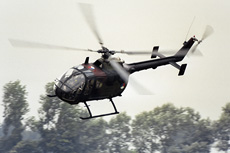
|
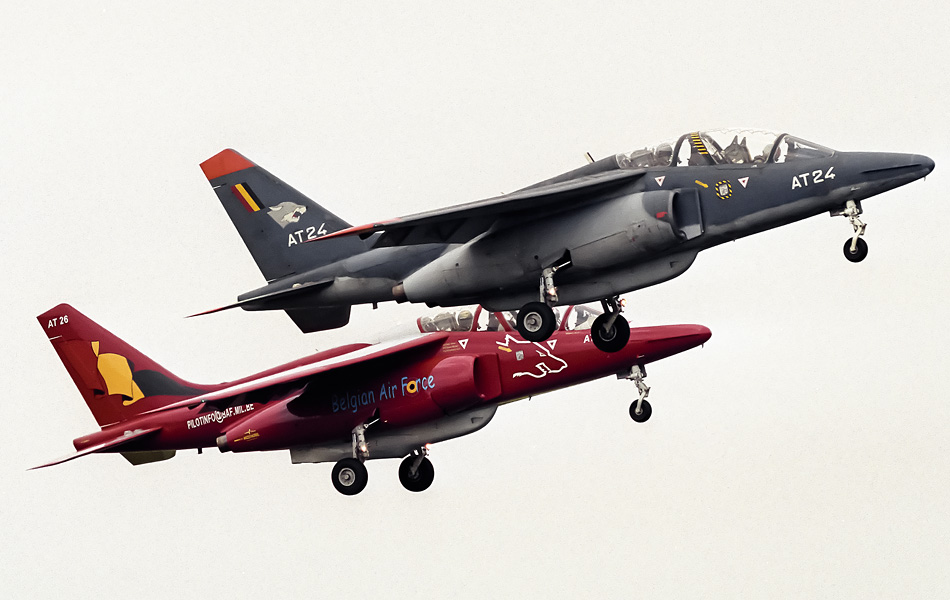
|
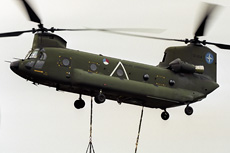
|
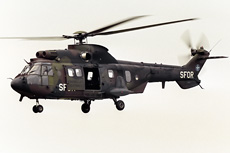
|
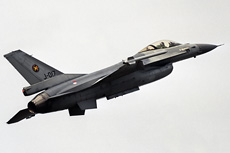
|
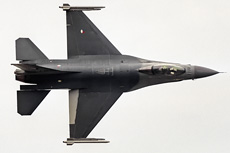
|
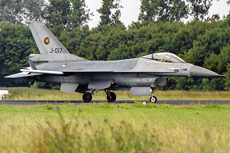
|
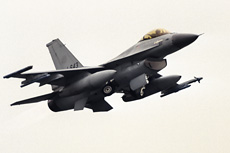
|
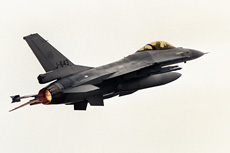
|
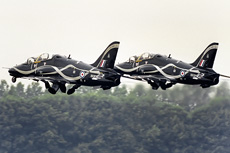
|
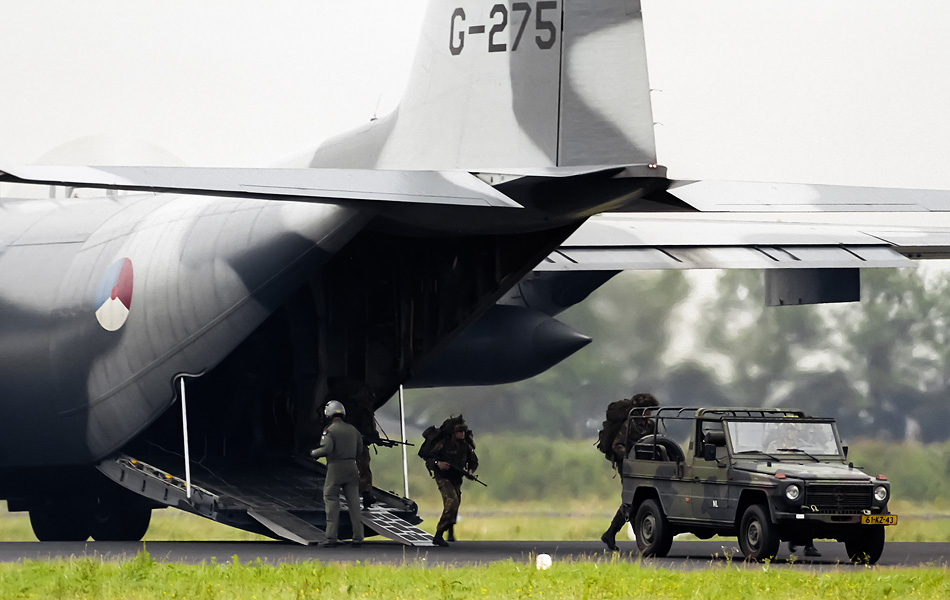
|
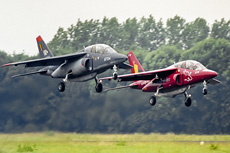
|
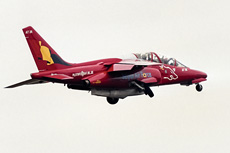
|
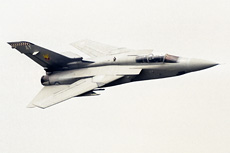
|
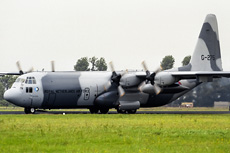
|
|
|

|







